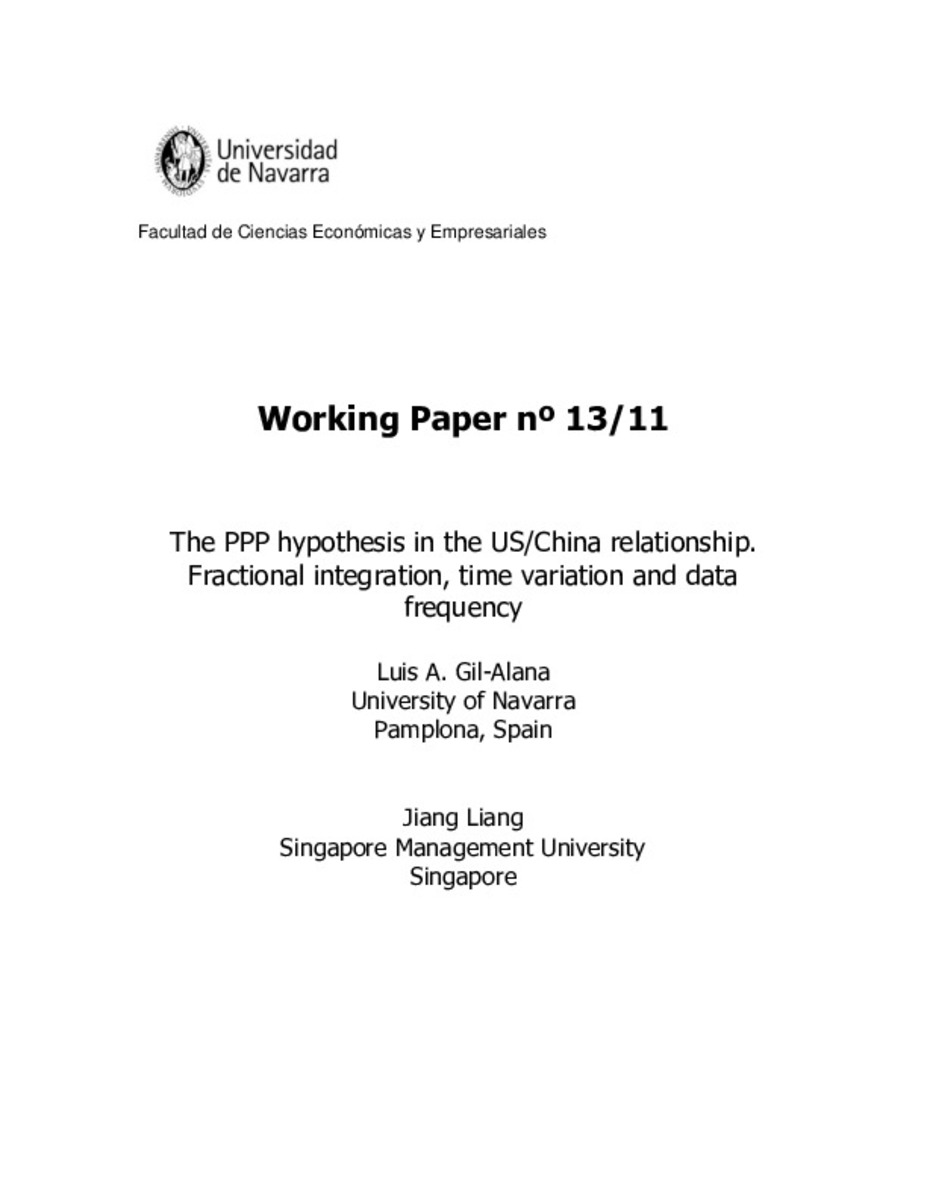The PPP hypothesis in the US/China relationship. Fractional integration, time variation and data frequency
Palabras clave :
Materias Investigacion::Economía y Empresa
Purchasing Power Parity (PPP) hypothesis
China
United States
Fecha de publicación :
2011
Cita:
Gil-Alana, L.A. (Luis A.); Liang, J. (Jiang). "The PPP hypothesis in the US/China relationship. Fractional integration, time variation and data frequency". En . , 2011,
Aparece en las colecciones:
Estadísticas e impacto
0 citas en

0 citas en

Los ítems de Dadun están protegidos por copyright, con todos los derechos reservados, a menos que se indique lo contrario.







